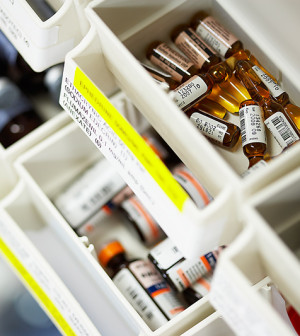- Navigating Your Midlife Crisis: Embracing New Possibilities
- City Raccoons Showing Signs of Domestication
- Mapping the Exposome: Science Broadens Focus to Environmental Disease Triggers
- One Week Less on Social Media Linked to Better Mental Health
- Your Brain Changes in Stages as You Age, Study Finds
- Some Suicide Victims Show No Typical Warning Signs, Study Finds
- ByHeart Formula Faces Lawsuits After Babies Sickened With Botulism
- Switch to Vegan Diet Could Cut Your Greenhouse Gas Emissions in Half
- Regular Bedtime Does Wonders for Blood Pressure
- Dining Alone Could Mean Worse Nutrition for Seniors
Tan Skin Is Damaged Skin


The “healthy glow” associated with a tan is actually a sign of danger, a dermatologist says.
“The sad news is that unfortunately, no, there is no way to safely tan. The research is clear that there are not any cutoffs for how much sun is safe,” said Dr. Angela Lamb, an assistant professor of dermatology at Mount Sinai Hospital’s School of Medicine in New York City.
“This is likely because everyone has a different genetic makeup, skin tone, lives in a different region. There are just too many variables,” Lamb added in a hospital news release.
It’s likely there is some reasonable amount of sun exposure that an individual can get without harming himself or herself, “but we just do not know what that is, given all of the factors mentioned above,” she added.
“Furthermore, there certainly is not anything such as a healthy tan. Once you have reached a tan, you have received too much sun,” Lamb said.
Lamb outlined some ways to protect yourself from too much sun exposure, and help prevent skin cancer.
- Use a sunscreen with a sun protection factor (SPF) of at least 30. In some situations, you should use a sunscreen with an SPF of 50.
- Apply sunscreen liberally, apply it 15 minutes before you go outside and re-apply it every hour when outdoors.
- Wear a hat and sunglasses, and consider sitting under an umbrella. Wear a rash guard shirt around the water.
- Try to avoid the sun between 10 a.m. and 3 p.m., when the levels of ultraviolet rays are highest.
More information
The U.S. Centers for Disease Control and Prevention has more about sun safety.
Source: HealthDay
Copyright © 2025 HealthDay. All rights reserved.










